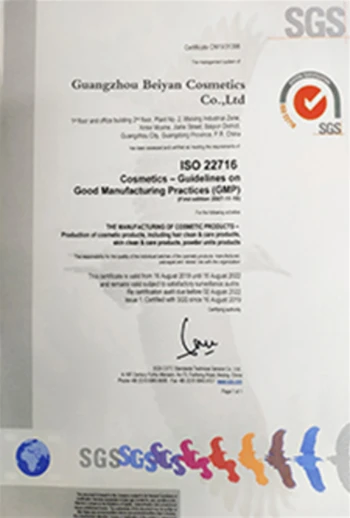



Acrylamide Versus Polyacrylamide in Chemical Applications and Environmental Impact
Understanding the Difference Acrylamide vs. Polyacrylamide
Understanding the Difference Acrylamide vs
. PolyacrylamideAcrylamide is a small, organic molecule characterized by its simple structure. It is primarily used in the production of polyacrylamide, but can also be found in other applications, including the manufacturing of adhesives, dyes, and some food products. Importantly, acrylamide has garnered attention due to its potential health risks; it is classified as a probable human carcinogen. This classification arises from studies indicating that high levels of acrylamide exposure could increase the risk of cancer in laboratory animals, leading experts to advise precaution in its handling and usage.
acrylamide vs polyacrylamide

On the other hand, polyacrylamide is a polymer derived from acrylamide. When acrylamide molecules undergo polymerization, they form long chains known as polyacrylamide. This compound is non-toxic and is widely used in various industries for its beneficial properties, such as improving soil quality, aiding in water treatment processes, and serving as a thickening agent in the oil production industry. Due to its larger molecular size, polyacrylamide does not have the same health risks associated with acrylamide; however, safety precautions should still be exercised during its handling to avoid any exposure to unpolymerized acrylamide residues.
Despite their close relationship, the distinct characteristics and uses of acrylamide and polyacrylamide highlight the importance of understanding chemical nomenclature and properties. While acrylamide poses health risks, its polymerized form, polyacrylamide, provides multiple benefits across various sectors without the same associated dangers.
In conclusion, the relationship between acrylamide and polyacrylamide exemplifies the transformation of a potentially hazardous chemical into a useful industrial polymer. Stakeholders in industries utilizing these compounds must remain vigilant about the health and safety implications of acrylamide while harnessing the diverse applications of polyacrylamide. Proper education and awareness can lead to safer practices and innovative uses of these chemicals.
-
Why Sodium Persulfate Is Everywhere NowNewsJul.07,2025
-
Why Polyacrylamide Is in High DemandNewsJul.07,2025
-
Understanding Paint Chemicals and Their ApplicationsNewsJul.07,2025
-
Smart Use Of Mining ChemicalsNewsJul.07,2025
-
Practical Uses of Potassium MonopersulfateNewsJul.07,2025
-
Agrochemicals In Real FarmingNewsJul.07,2025
-
Sodium Chlorite Hot UsesNewsJul.01,2025










